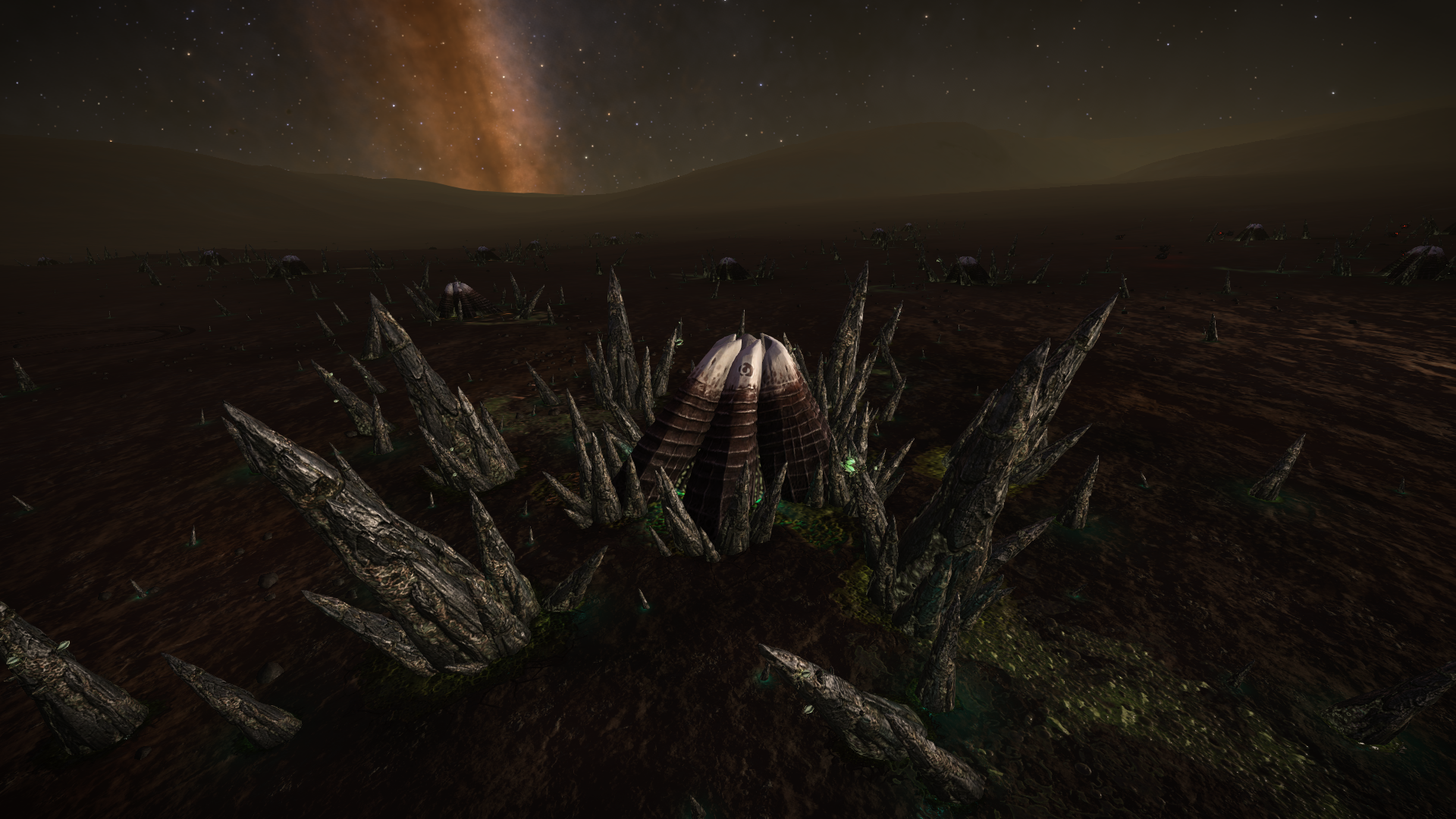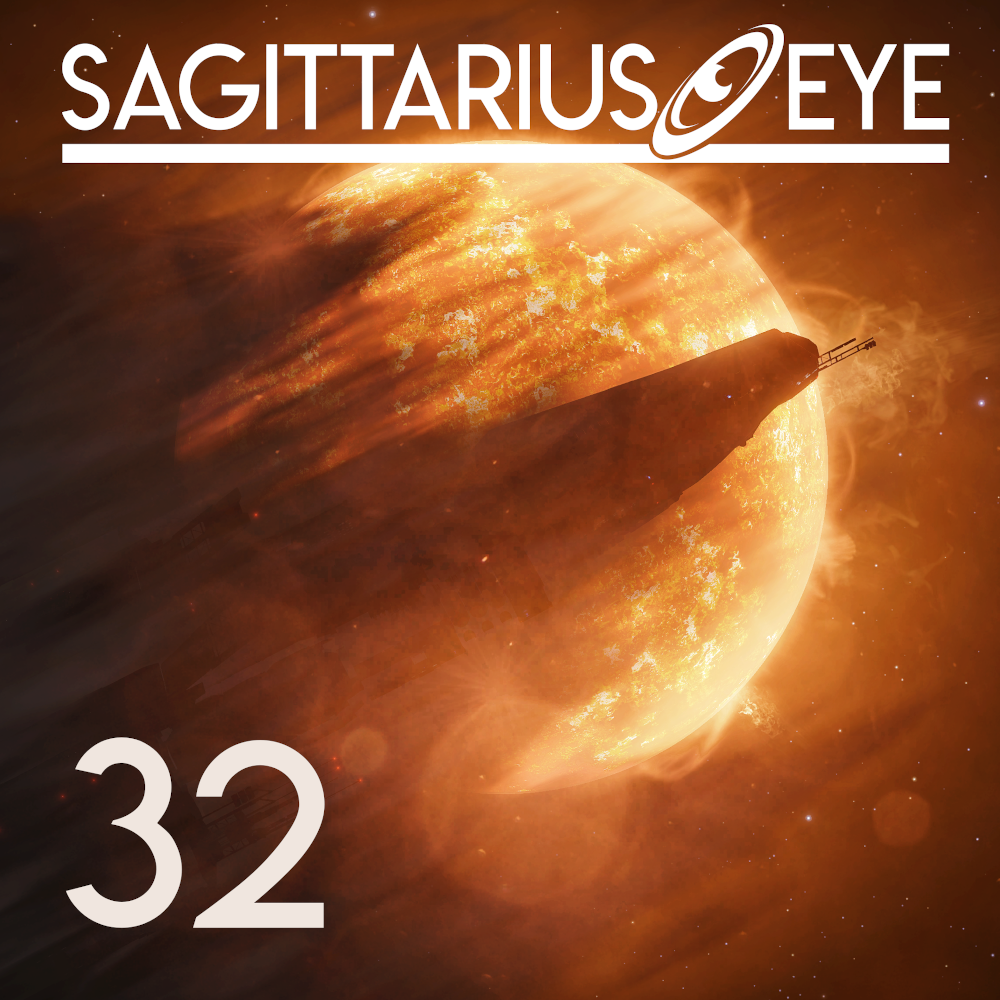
It appears the Thargoids entered Guardian space unprepared for a protracted military campaign, and after facing a relentless onslaught from the Guardians' war machines they were forced to retreat.Ĭontact with Humanity File:First-Thargoid-Encounter-3125.png Remarkably, Thargoid bio-mechanical technology was engineered to recognise anything of Guardian origin. The Guardians used drones, autonomous war machines that could target anything that utilised Thargoid engineering.

The Guardians were forced to employ more aggressive methods to address the Thargoid threat. It didn't benefit the Guardians much, because the Thargoids were determined to continue hostilities. Eventually, they gained enough understanding of the Thargoid language to communicate. They were reluctant to take up arms with the Thargoids and kept communicating with them. This tallies with the Thargoids’ behaviour in human space.Īfter the beginning of the war with the Thargoids, the Guardians were forced to make a partial retreat. The Thargoids immediately launched an assault making no effort to communicate with the Guardians. Several thousand years later the Thargoids returned and discovered that the planets they had seeded were occupied by the Guardians. The Thargoids seeded a number of planets with barnacles in what eventually became Guardian space 1 to 2 million years ago. Guardian-Thargoid conflict File:Barnacle large cluster.png Thus, the Thargoids may not just be extragalactic in origin, but extra-universal. Since Thargoid vessels can hover in hyperspace, it suggests that they could originate from there, or that they may use hyperspace as a conduit from a dimensional plane entirely separate from real space. It is possible they journeyed across millions of light years, from Andromeda or beyond, like a swarm of locusts seeking fresh crops to consume. Alternatively, the Thargoids may have become a nomadic species, existing entirely in space or within fabricated hives. Professor Shaw continued to speculate that it might be somewhere beyond known space or on the other side of the Milky Way galaxy. The location of the Thargoid homeworld, if such a place exists, is unknown. The Thargoids are experts in bioengineering, so they may have augmented their own biology to a point where natural evolutionary processes are meaningless. This suggests they may have evolved in a harsh, low-temperature environment, which might explain their overdeveloped survival instincts and aggressive nature. They have an affinity for ammonia-based worlds. Professor Cora Shaw of the Palin Institute concluded that they were an established spacefaring species long before they encountered the Guardians. Data obtained from Ancient Obelisks built by the Guardians indicates that the Thargoids are several millions of years old, and likely a far older species than the Guardians.

The Thargoids are an ancient, sapient, insectoid species of enigmatic origin. The second, ongoing conflict began in 3303 and has been rapidly escalating with no resolution in sight, affecting dozens of systems across the Pleiades Nebula, Witch Head Nebula and the Core Systems. The first occurred between 31, and is believed to have ended in a human victory with the Intergalactic Naval Reserve Arm's successful deployment of the mycoid bio-weapon.

Thargoids and humanity have been embroiled in two wars. Although the Guardians eventually prevailed, the Thargoids only opted to retreat because they were unprepared for a protracted campaign against a rival civilization. Thargoids are highly territorial and seemingly rebuff all diplomatic overtures with unmitigated hostility, but are also known to be extremely slow to adapt.Īpproximately 1 to 2 million years ago, the Thargoids instigated a war with another intelligent species called the Guardians over territory. They are the only known living sapient species in the Milky Way galaxy other than humanity. The Thargoids are an intelligent, highly advanced insectoid species that have existed for millions of years. The information contained herein is under construction, and should be considered ambiguously canonical


 0 kommentar(er)
0 kommentar(er)
